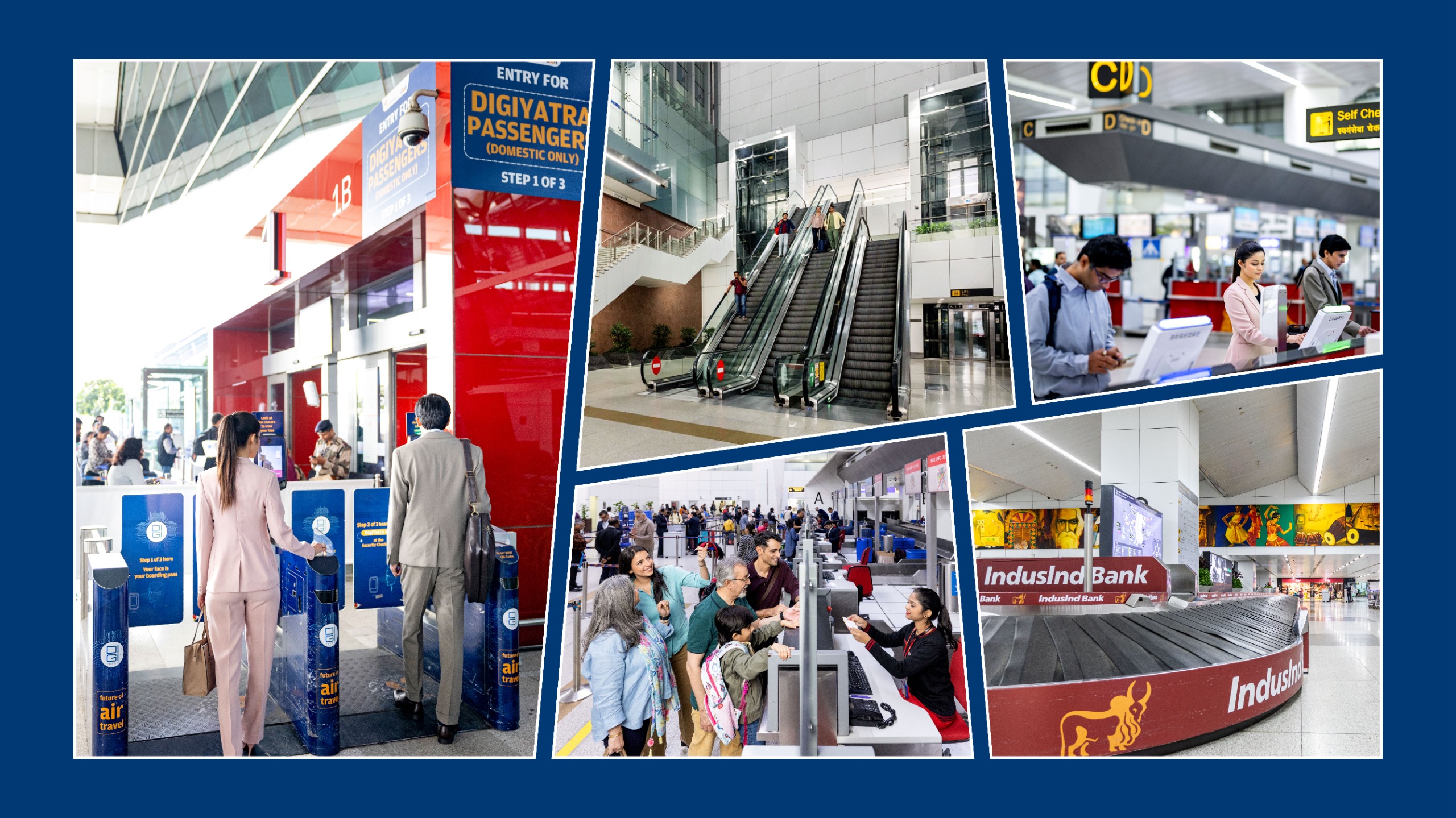
What does it really cost an airport when a single asset underperforms?
It’s almost never just the repair bill. A delayed baggage belt can lead to missed connections, overcrowded gates, penalties from airlines, frustrated passengers and reputational damage that lingers for months. Poor asset management is not about broken machinery, it’s about hidden consequences that silently erode efficiency, profitability and trust.
Airports are not just concrete and runways. They are living ecosystems where thousands of assets, from HVAC units and runway lights to scanners, escalators and boarding gates, must function in harmony. Mismanaging even one element can set off a chain reaction that impacts safety, operational performance, sustainability and the passenger experience.
When managed proactively, asset management is not just about maintenance, it becomes a catalyst for resilience, competitiveness and growth. Airports that shift from reactive upkeep to intelligent, data-driven asset strategies unlock value across multiple dimensions:
1. Operational Efficiency
Smart asset management reduces breakdowns, enhances reliability and optimizes system availability. This directly translates into improved On-Time Performance (OTP), minimized disruptions and a seamless flow of operations. For passengers, it means smoother journeys; for airlines, it means dependable scheduling.
2. Financial Savings
Well-planned lifecycle management reduces unplanned repairs, lowers OPEX and allows for smarter deferral of CAPEX through asset life extension. It also enhances predictability in budgeting and investment planning, freeing up resources for strategic initiatives rather than firefighting.
3. Passenger Trust & Brand Equity
Every operational delay or facility failure erodes confidence. Conversely, consistent reliability builds trust. By ensuring everything “just works,” airports strengthen their reputation, improve passenger satisfaction scores and position themselves as preferred hubs in a highly competitive aviation ecosystem.
4. Sustainability & Resilience
Modern asset strategies integrate energy efficiency, digital monitoring and circular economy principles. This reduces energy intensity, cuts carbon footprint and aligns with global decarbonization goals. A resilient asset base future-proofs airports against regulatory pressures and evolving passenger expectations.
Asset management is no longer a back-office support function. It is a strategic lever of competitiveness, enabling airports to deliver efficiency, financial prudence, customer loyalty and sustainability in one integrated framework.
In short, airports that invest in asset management don’t just manage assets, they create value, build resilience and secure long-term advantage.
“Airport efficiency is not built on expansion alone, it’s built on how well existing assets are managed. Poor asset management is a silent cost driver, eroding value through inefficiencies, downtime and lost passenger trust. The true advantage lies in foresight, where every asset tracked, every lifecycle optimized and every decision informed by data ensures airports are not just operational, but resilient and future-ready.” - Roy Sebastian, CEO, GEMS
📧 Rohitkumar.Singh@gmrgroup.in | 📞 +91 97171 99753